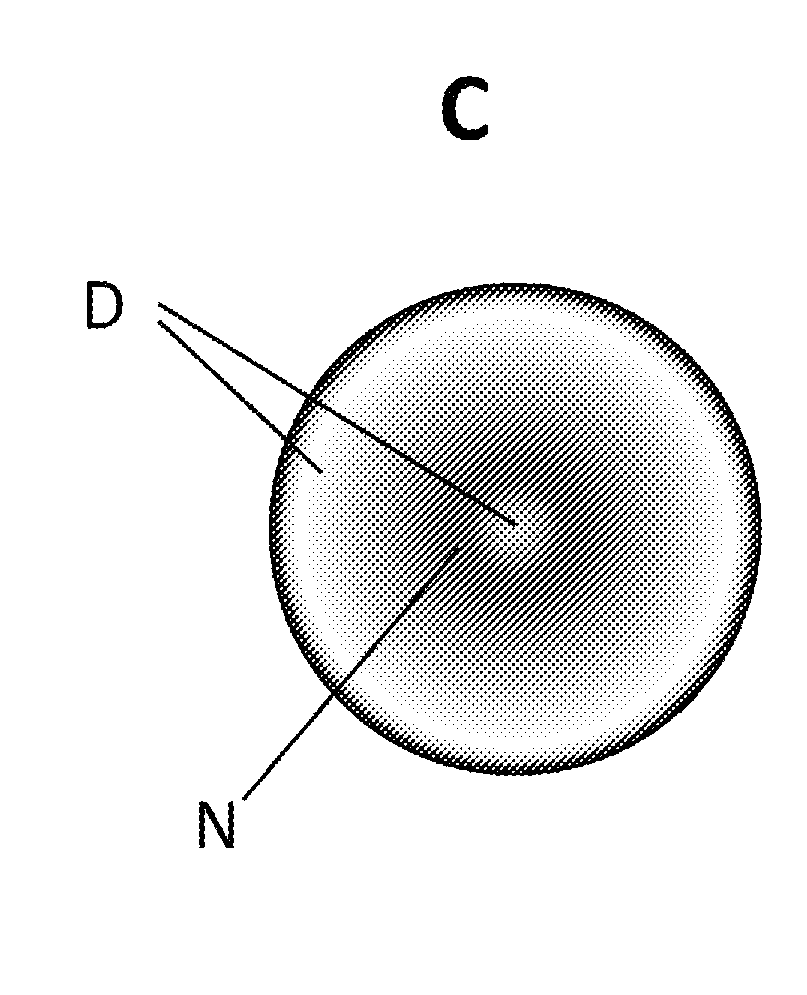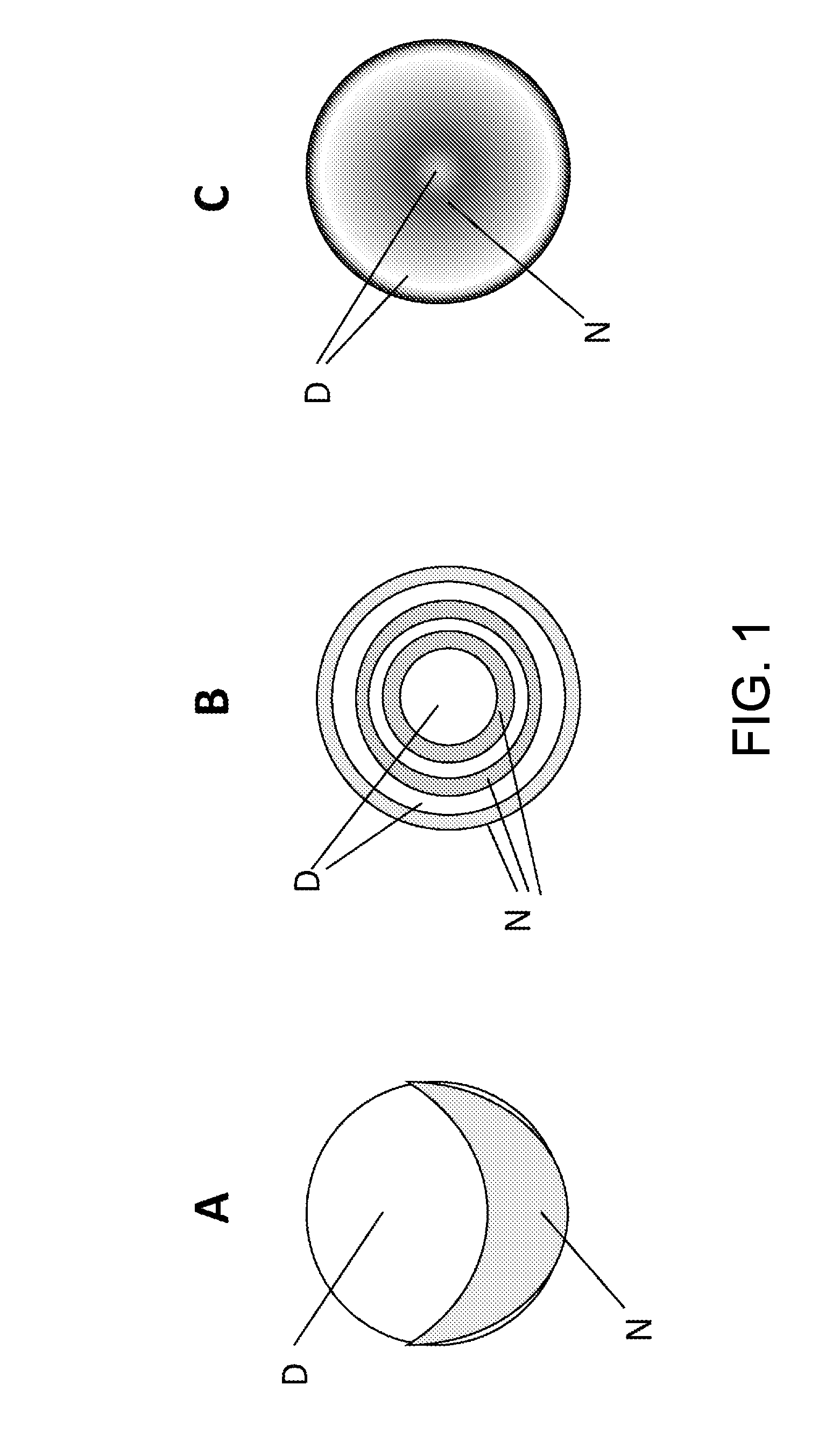Contact lens optimizer
a technology of optimizing lenses and optimizing lenses, applied in medical science, diagnostics, skiascopy, etc., can solve problems such as poor contrast and glare, inconvenient and costly patient replacement of many lenses to achieve satisfactory vision, and achieve minimal visual side effects and optimal eyesight.
- Summary
- Abstract
- Description
- Claims
- Application Information
AI Technical Summary
Benefits of technology
Problems solved by technology
Method used
Image
Examples
Embodiment Construction
[0042]One embodiment of the apparatus has two components. A contact lens measurement means is used to characterize the optical properties of one or more contact lenses and to determine the modulation of the wavefront of an image that is necessary to reproduce or to emulate the optical properties of the contact lens once it is placed on the cornea of a patient's eye. The second component is a contact lens emulator means that recreates the optical properties of the contact lens for patient testing. In an alternative embodiment, the optical properties of the contact lens are provided elsewhere.
[0043]FIG. 1 shows three multi-focal contact lenses A, B, C that have different optical designs. Three lenses are shown for exemplary purposes to illustrate the three major types of presbyopia correcting contact lenses in use today; bi-focal, diffractive, and refractive. The instrument is not limited to emulating these types of designs and it may be used to emulate future designs that are develop...
PUM
 Login to View More
Login to View More Abstract
Description
Claims
Application Information
 Login to View More
Login to View More - R&D
- Intellectual Property
- Life Sciences
- Materials
- Tech Scout
- Unparalleled Data Quality
- Higher Quality Content
- 60% Fewer Hallucinations
Browse by: Latest US Patents, China's latest patents, Technical Efficacy Thesaurus, Application Domain, Technology Topic, Popular Technical Reports.
© 2025 PatSnap. All rights reserved.Legal|Privacy policy|Modern Slavery Act Transparency Statement|Sitemap|About US| Contact US: help@patsnap.com



